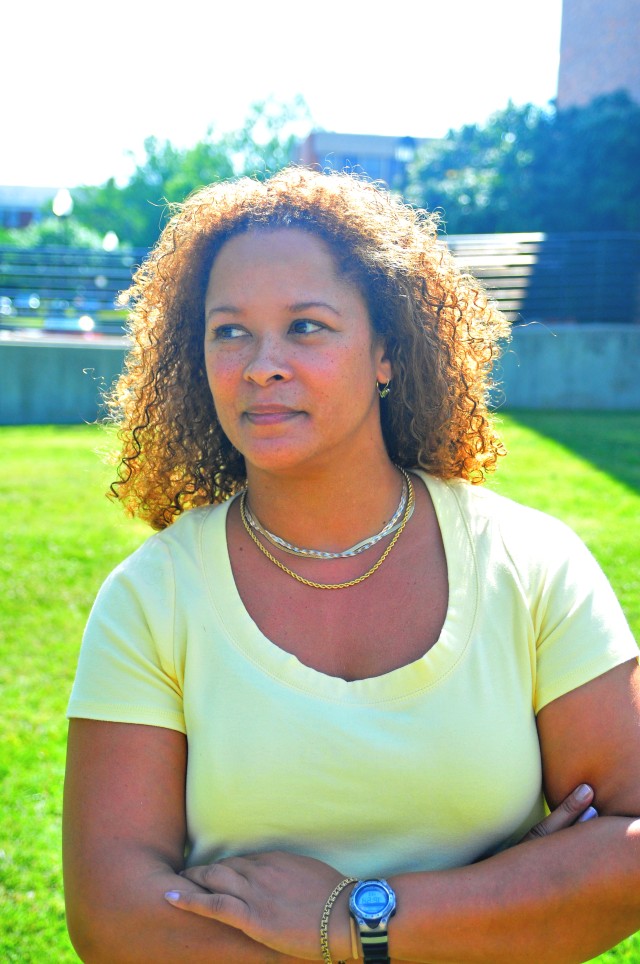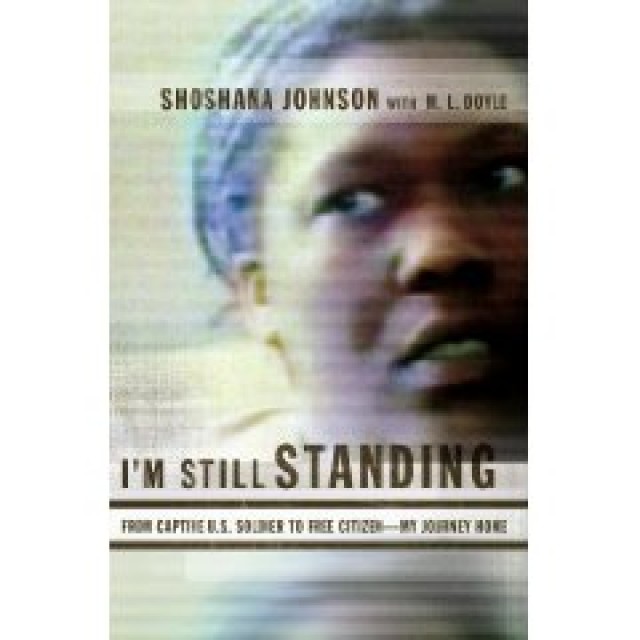Mary Doyle takes readers to the firefight in Iraq that led to Shoshana Johnson's plight in 2003 as the first black female prisoner of war.
In "I'm Still Standing: From Captive U.S. Soldier to Free Citizen -- My Journey Home," Doyle weaves strands of Johnson's life and heroism into a compelling biography released Feb. 2.
Director of media relations at the Fort Meade Public Affairs Office, Doyle has served as an Army Reserve noncommissioned officer both at home and abroad. Since 1997, she has also served as a civil servant, to make for more than two decades of government service.
Doyle, who is primarily a fiction writer, was moved to venture into biographical writing by the account of the woman, who like herself, had served in an Army service support unit on foreign soil.
"My first job in the Army, I was in supply," said Doyle, who resides in Baltimore. "I felt like I know how unprepared she must have felt. You may pass common task testing meant to ready you for battle, but I don't think you ever mentally prepare for someone throwing a rocket-propelled grenade at you."
Doyle decided to undertake the project while serving as the command information officer for the Armed Forces Network in Yongsan, Korea in 2007. She spent quite a bit of time listening to Johnson's accounts of her time in captivity -- the two spoke on the telephone and traveled to spend time together face-to-face.
"I tried to just shut up and listen," Doyle said, not wanting to influence the direction of the story.
The self-professed introvert said she sat in her working space and wrote the first chapter of the book over and over, recounting the story of the scariest 90 minutes that she had ever imagined as a Soldier. It wasn't uncommon for Doyle to start writing in the morning, she said, and find herself still at the computer during dinnertime.
The details of Johnson's story come to life as the author portrays the Army specialist, then 27 years old and serving as a cook in the 507th Maintenance Company, held by a group of Iraqi men in the city of An Nasiriyah.
Along with other surviving members of her unit, including Pfc. Jessica Lynch, whose photos were aired on national news during the ordeal, Johnson had a story of her own.
Doyle brings the reader into Johnson's horrific experience.
In one scene, the Soldier sits in the restroom of an Iraqi jail as her gaping leg wound throbs with pain. She wonders what to do with a notebook containing sensitive unit information, praying for a moment to dispose of it without her captors' knowledge.
Against the backdrop of what is taking place in Iraq lies glimpses of Johnson's life before this grim moment. Doyle skillfully overlays insight into Johnson's decision to serve in the Army and intimate details about her family, young daughter, private life and deepest concerns.
"It is very difficult to have your life story written," Doyle said of the memoir. "There are so many things in your history that you are forced to come face-to-face with. I don't know if I could do it."
Doyle amusingly confesses that she lied to her own journal during her early years as a writer. Johnson, on the other hand, Doyle said, is very open with her story. She tells it with grace.
"Shana is one powerful woman," Doyle said. "I've lain awake at night hoping that I could do her story justice."
Determined in her development as a writer, Doyle is candid about her own journey. She has written screen plays and fiction, but this is her first published work. Doyle is not stopping here.
"It's a process," she said.
Doyle is working on a second work of fiction and also has received an offer to pen another woman's biography.
The dramatic detail she employs in telling a story is intended to draw readers from the beginning to end of her writing.
"I would hope that someone would feel what I feel when they read the book," Doyle said. "I paint that emotion. It's gratifying when people are drawn to who [Johnson] is."




Social Sharing